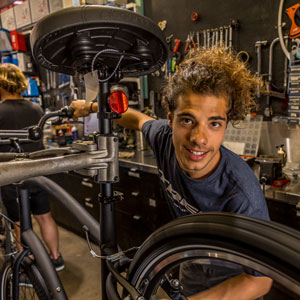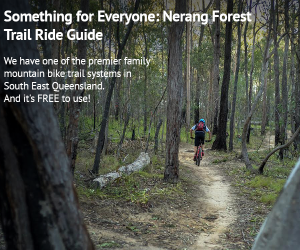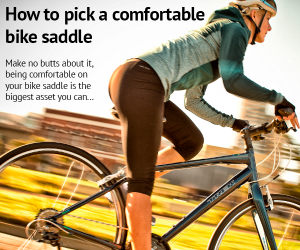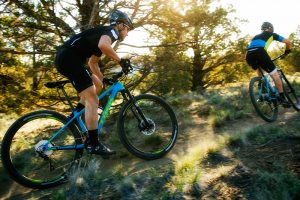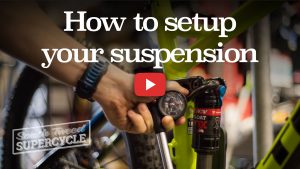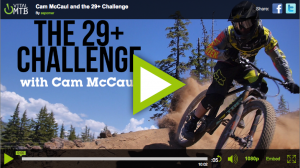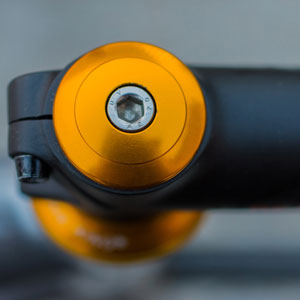Having your bicycle regularly serviced by a professional bicycle mechanic at your local bike shop offers numerous benefits that contribute to your safety, bike performance, and overall riding experience.
3 reasons you should replace your bike chain
Many people overlook the fact that a bike chain, like brake pads and tyres, are a consumable piece of equipment that needs regular maintenance and replacement over time. Good chain health is crucial to the smooth running of your bike and, when neglected, results in comments like “my gears keep slipping” or “there is a grinding noise […]
Something for Everyone: Nerang Forest Trail Ride Guide
How many times have you woken up on the weekend, looked outside to a beautiful sunny day and asked the family, “What should we do today?” Have no fear because thanks to the hard work of the Gold Coast Mountain Bike Club, Gold Coast City Council, Nerang Trail Care Alliance and countless volunteers we have […]
How to pick a comfortable bike saddle
Make no butts about it, being comfortable on your bike saddle is the biggest asset you can have. An uncomfortable saddle takes the joy out of riding and a big reason some people stop riding all together. Attempting to remedy this can be frustrating, just looking at a saddle won’t tell you if it’s going to […]
8 perfect gifts for the bike rider who already has everything.
The holidays are coming and you just drew the office cyclist for your secret santa! Now it may seem the easy way out to just get him a fresh set of leg shaving accessories, but lets not get into an intense existential debate of tri-blade vs quad blade effectiveness. So what do you get the […]
Hardtail or Full Suspension….Which mountain bike is best for you?
Which is best?: Hardtail or Dual Suspension On the lookout for a mountain bike upgrade or perhaps just starting out and unsure how to spend your hard earned money? The question of whether to settle on a hardtail or go all out into the dual suspension world, although initially daunting, is actually quite simple. […]
Supertips: How to setup mountain bike suspension.
New Supertips video is live. Chuck from our South Tweed location gives you some tips and tricks to setting up your full suspension mountain bike. All you need is your bike and a shock pump to get it done. Watch below.
There is nothing a 29er+ can’t do! Watch it.
So the 29er+ is starting to make it’s way from the weird and abnormal into main stream trail riding. Lots have been said about the drawbacks of big rubber but turns out there is NOTHING these big wheels can’t do. The limit is only the rider. Watch Pro Trek Factory rider Cam McCaul do just […]
How to adjust your headset
In our latest Super Tips video, Chuck shows you the process for adjusting you bicycle’s headset. You will only need a few simple tools (4mm and 5mm Allen Keys). These can be found in most standard workshops or stop into one of our three Gold Coast locations to pick some up. Enjoy.
We Believe In Bikes
Bikes are a simple solution to complex problems. They combat climate change, ease urban congestion, build human fitness. They bring us together, allow us to escape, give us a unique point of view and put a smile on your face. Getting more people on bikes more often will make the world happier and healthier. It’s […]

